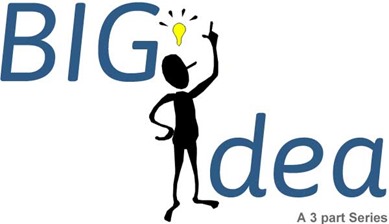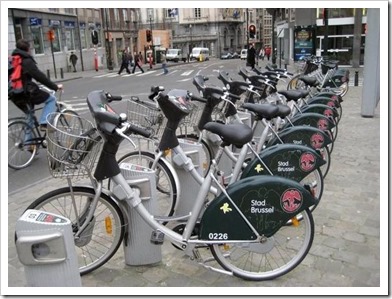This is Part 2 of the 3 article series titled “12 Big Ideas that could lead to the next Billion dollar companies”. You can read the first part of this series, Part 1: Education, Energy, Housing and Healthcare.
Here are the next 3 ideas in the series:
Contents [hide]
Part 2: Environment and Climate Change, Water woes and Transportation 2.0
Environment and Climate Change
The prime contributor to global warming is CO2 and hence, is the main focus of scientists and engineers when it comes to saving the environment and working towards arresting the pitfalls of climate change.
Carbon sequestration is the process of first capturing the Carbon Dioxide and then storing it elsewhere where its deadly effects are minimized. So, this gives us two separate ideas to work on.
Methods pertaining to key parts of the sequestration process already exist. The key here, as with all these big ideas, is the part where someone can come in and make the process economically viable. And, mostly that would involve tweaking certain key processes.
Variations to this solution include subtle changes to the combustion process itself to reduce CO2 emission and other advanced methods of generating power from coal.
Other part of this game is the storage angle. Logical places for storage are deep sea and depleted oil fields with issues of their own in terms of the high cost and enormity of the challenge.
The obvious theory here is that no individual or small group can take up the whole of big engineering problems like these and attempt to transform them on their own.
But, the easier (and the only) way out is to be break it down this puzzle into small pieces and tackle them one at a time.
Water Woes
This is a two-fold problem. First, of course, is to provide clean drinking water to the masses. Second, ironically, is providing water. Period.
About 1/6th of the population in the world does not have access to clean drinking water or even water for other purposes. This is a major problem at rural as well as a few urban centers of the world. Statistics suggest that lack of clean water is impossible for way more number of deaths than war.
Only 3% of the world’s water resources are fresh water. The rest is salty Sea water. The engineering challenges associated with water are truly of the first order.
Desalination is the process of extracting the salt from seawater. There’s nothing new about the process, but desalination plants have high unit initial costs and very high operating power requirements, making of limited value for impoverished countries, where in fact, water supply problems are the most serious.
New technologies that would lower energy use might help the cause. Even with those technical advances, Desalination alone seems incapable of solving all the water woes.
Other strategies include treatment of waste water from industries and households with the involvement of nano-technology. Strategies that involve the development of tactics to reduce water usage could also be ripe for disruption.
Back at home, we already have various low-cost products like the Tata Swach that help purify contaminated water. This is another avenue where production of small-sized desalination units for sea side cities could be the big idea.
Transportation 2.0
Current transportation system or Transportation 1.0 is unsustainable as it is mainly dependent on fossil fuels.
There is already a fierce competition on a global scale to develop the next generation of vehicles. The most promising and practical sustainable solution is clearly electricity based transportation and thus, is almost half the definition of Transportation 2.0.
This evolving paradigm shift towards more efficient, reliable, safer, smarter and higher-performance vehicles is already evident with the rise of Teslas in the US.
Other than making better cars Transportation 2.0 is also about building ecosystems that further and encourage the use of bicycles and other alternate modes of transport.
Bike hubs that allow commuters to hire on rent high-end bicycles for a variable hourly-based payment are already catching up in the European cities.
The problem with developing countries, especially India, is the lack of proper and basic infrastructure that would encourage the use of bicycles as a secondary, if not the main, mode of transport. So, there are just too many avenues for growth and building a product/service around that.
Tomorrow, as the final part of this series of articles, I’ll discuss the last 5 BIG IDEAS.
Meanwhile, I am sure many of you will agree with me when I say that there are plenty more Billion dollar ideas out there. So, comment with your suggestions.


 (
(